Five races into the 2024 Formula 1 season and Red Bull has already shown blistering pace – again. In the RB20, Max Verstappen picked up where he left off last season and has claimed four wins from the series’ opening rounds. But news last week that chief technical officer Adrian Newey is leaving the team at the end of the season has sent shockwaves up and down the paddock, with any number of rivals hoping to land him.
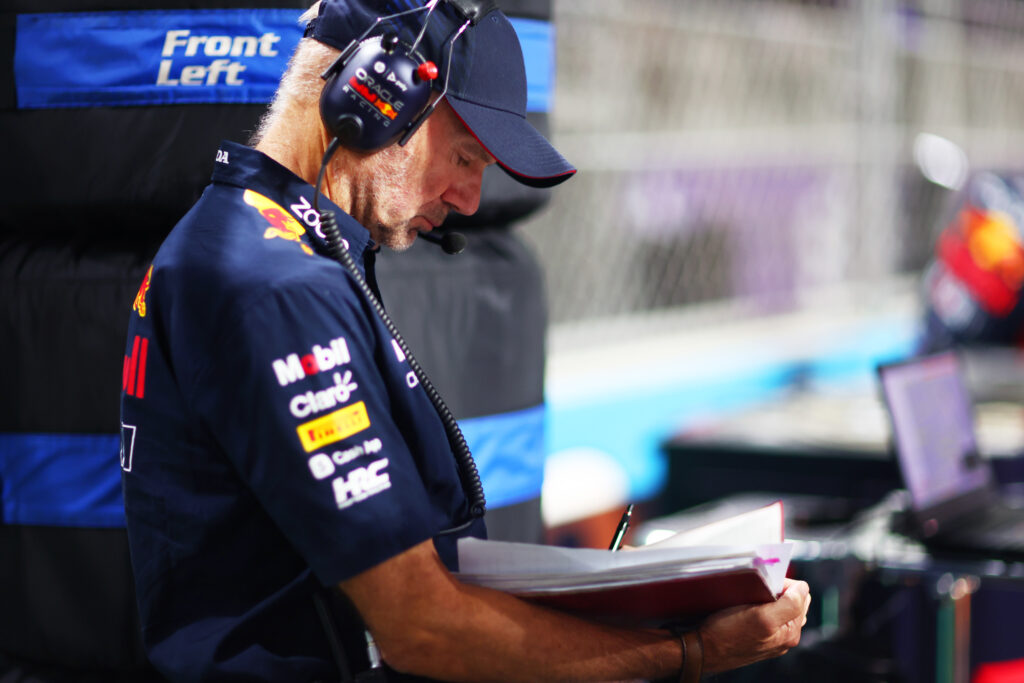
The British engineer has a history of crafting some world-beating machinery and has experience well beyond F1 when it comes to race car design. From sports cars to Indy, Newey has a knack for blueprinting success. Let’s take a look at the race cars that have defined his 40-year career.

11. March 82G GTP
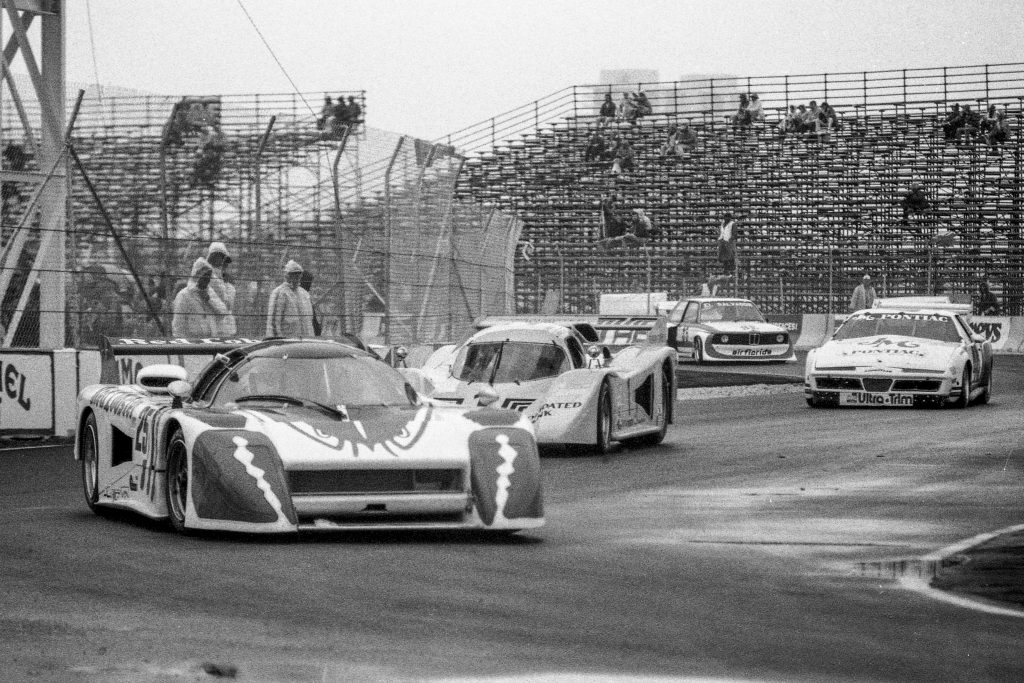
Win rate: 0%
Designed for IMSA’s then-new GTP class, the March 82G was the first racer to come from Newey’s now-prolific pen. The car was based on an existing BMW design, and since Newey worked alongside March boss Robin Herd, it’s difficult to estimate Newey’s impact in the programme.
Even so, the 82G enjoyed success. Powered by a 5.7-litre Chevy V8 between the rear axles, it started in pole position for its first-ever race, the 1982 Daytona 24 Hours. Then, the wedge-shaped racer followed up its success on the high banks with a runner-up finish at the 12 Hours of Sebring.
10. March 881
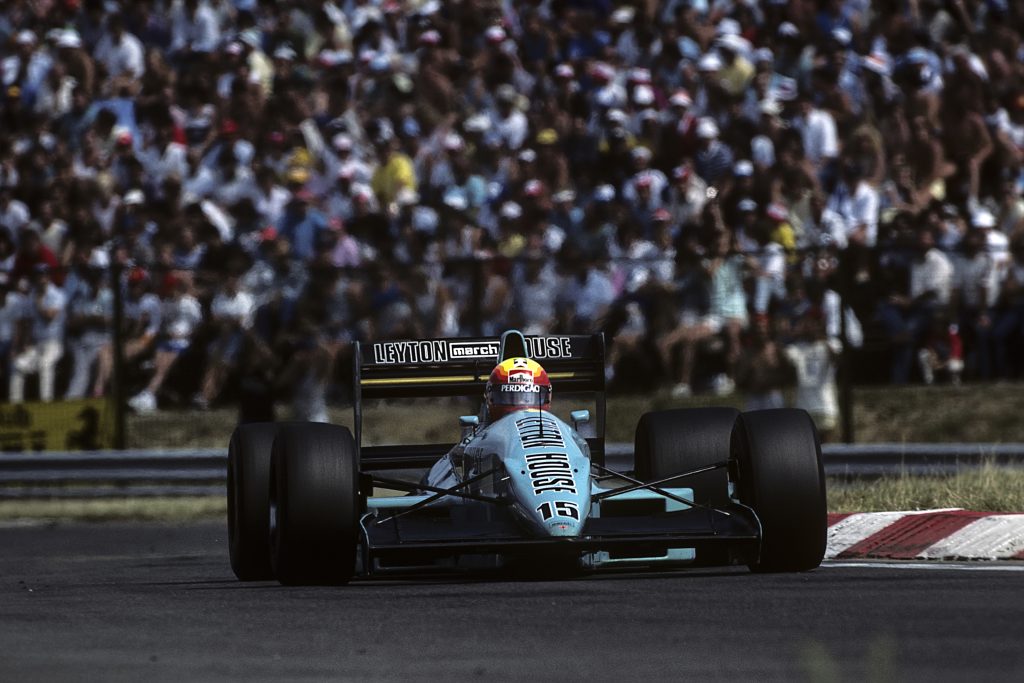
Win rate: 0%
The March 881 was Newey’s first Formula 1 car, and it hinted to the paddock that he might be a design superstar in the making.
During the 1988 season, the 881 was typically the fastest non-turbo car in a field dominated by turbocharged McLarens and Ferraris. In the Japanese Grand Prix, it briefly led – the only non-turbo to do so that year and the first since 1983. The 881 did land on the podium twice, recording second- and third-place finishes.
9. Red Bull RB5
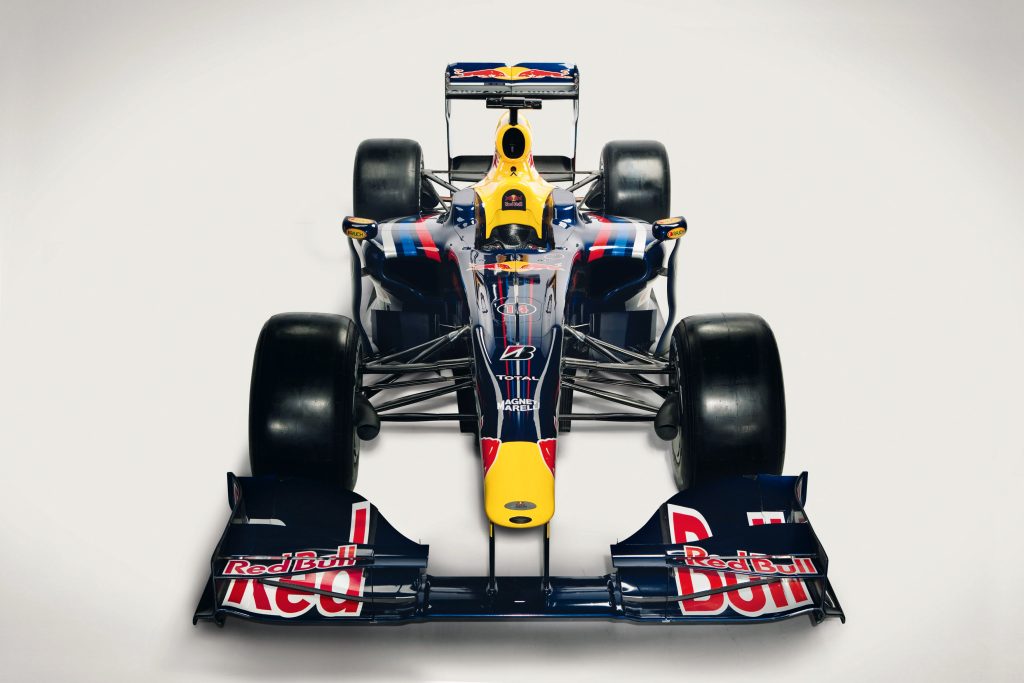
Win rate: 35%
After threatening to leave McLaren numerous times, Newey finally did so in 2005.
In 2006, he landed at the new team in town, Red Bull Racing. Newey’s first creation to win a grand prix under the new banner was the RB5, in 2009. The achievement meant so much to the soft-drink company that it gave the designer an RB5 as a “thank you.” He occasionally runs it at the Goodwood Festival of Speed.
Fun fact: The first Newey car to win a title was the RB6, in 2010. This kicked-off a four-year stretch of dominance for the Bull.
8. McLaren MP4/13
Win rate: 56%
Irritated at Williams’ unwillingness to give him shares in the team or more input in driver selection, Newey took his drawing board to mighty McLaren for the 1997 season.
His arrival coincided with a rule change mandating narrower cars and tyres and, surprise, surprise, Newey’s car suited the new regs better than anyone else’s racer. The MP4/13 won nine of 16 races in 1998, with Mika Häkkinen ultimately taking the title. Remarkably, the feat still stands as McLaren’s last constructors’ championship.
7. March 85C
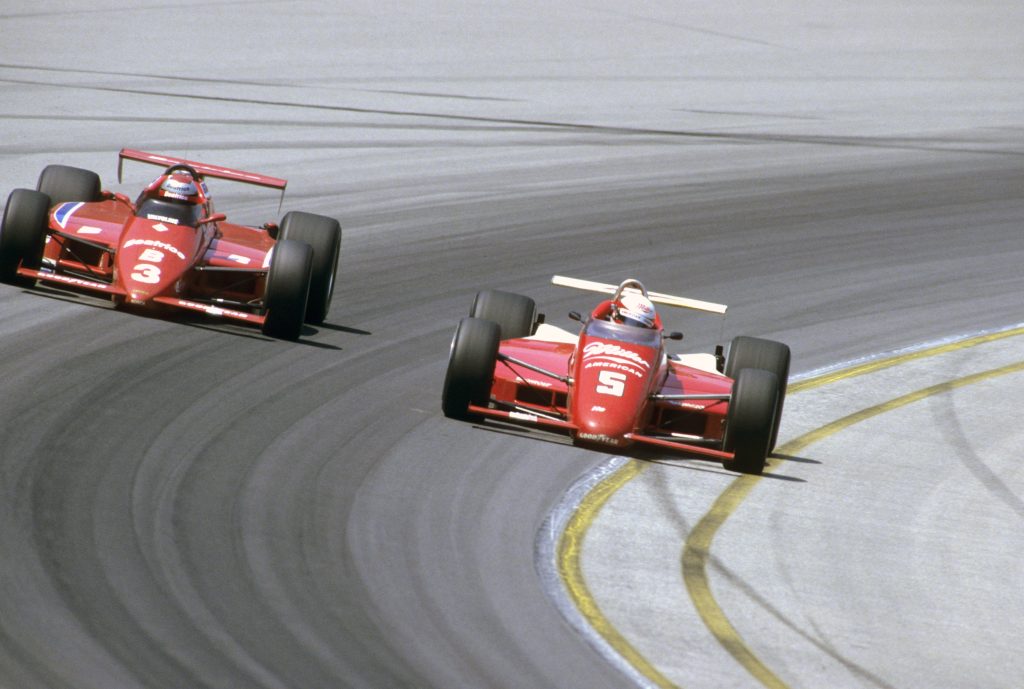
Win rate: 67%
Newey’s first Indy car was also his first race winner. The 85C was designed to utilise either a Ford or a Buick engine. During the 1985 IndyCar season, the 85C won 10 of 15 races and earned 12 pole positions. It’s the first, and only, Adrian Newey design to win the Indianapolis 500 – though the victory didn’t come without drama. Danny Sullivan, aboard a Miller-liveried 85C, famously completed his “spin and win” in 1985.
6. Red Bull RB9
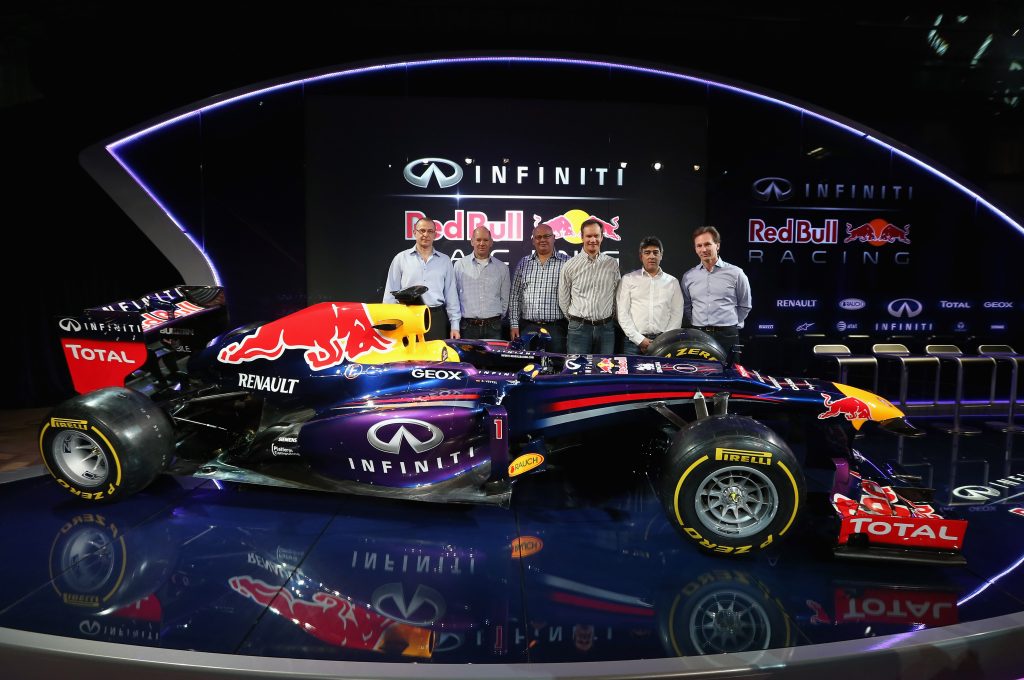
Win rate: 68%
By 2013, Newey was chief technical officer at Red Bull and put in charge of the design team. His inspiration clearly remained undimmed. After a slow start (well, slow by Newey’s standards), Sebastian Vettel found his stride and ended the season by winning nine consecutive races in the Renault-powered RB9. The successive wins record set by Vettel still stood until 2023, when Verstappen scored 10 in a row.
5. Williams FW14B
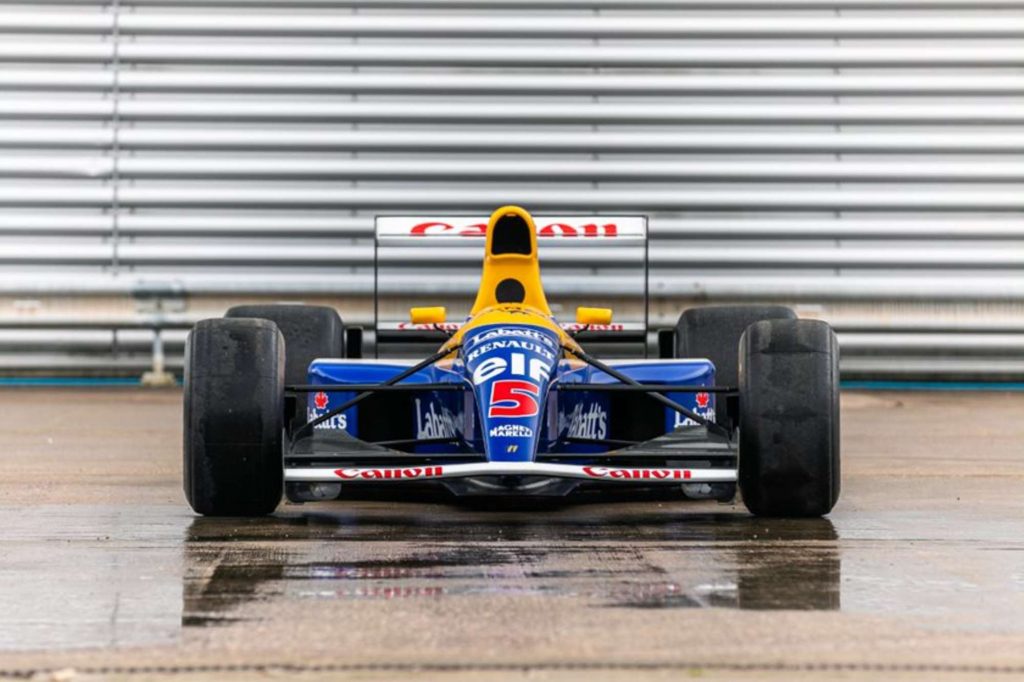
Win rate: 62%
After the 881, Newey’s next two March designs weren’t nearly as successful, and the British team eventually fired him. According to legend, he left his designs for a new March behind. Supposedly, his successor threw them in the trash.
Bad decision.
The blueprints were of the FW14, an incredible design that Newey ended up building for his new employer, Williams.
Featuring active suspension, the Renault-engined car stormed to the 1992 F1 world championship in Nigel Mansell’s hands. While other Newey cars are more statistically successful, the FW14B’s margin of victory over rivals was dramatic. The new car also spawned a line of winners.
In 1993, the FW15C won 15 of 16 pole positions and helped deliver Alain Prost his fourth championship. Appropriately, Prost calls Newey “the best.”
4. Aston Martin Valkyrie
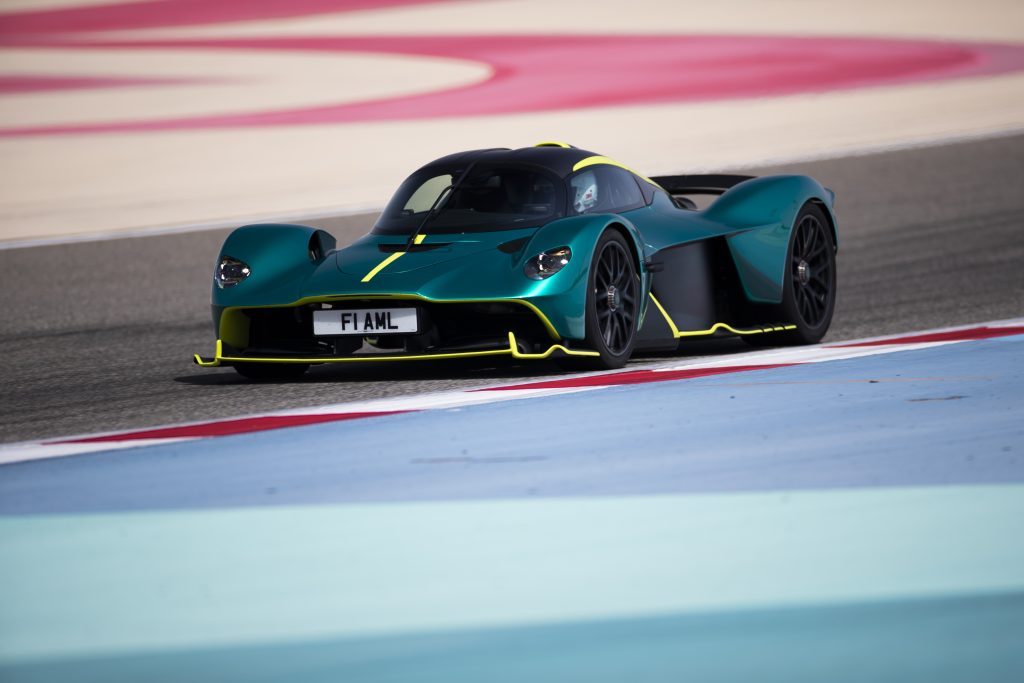
Win rate: N/A
Okay, so it’s not a racing car, but one tester described it as “the most extreme factory-built car ever to wear number plates.”
The Valkyrie, otherwise known as the AM-RB 001, was the result of Aston Martin’s sponsorship of Red Bull. Newey took time from his day job to design the car, which is aimed at use on road and track.
Old habits die hard, and even road cars deserve epic downforce. Using underbody aerodynamics, the 1140-horsepower monster creates 4189 pounds of tyre-squashing downforce at high speed.
Production is limited to 150, but if you want this piece of Newey’s historic handiwork in your garage, tough luck; they’re already sold out.
3. Williams FW18
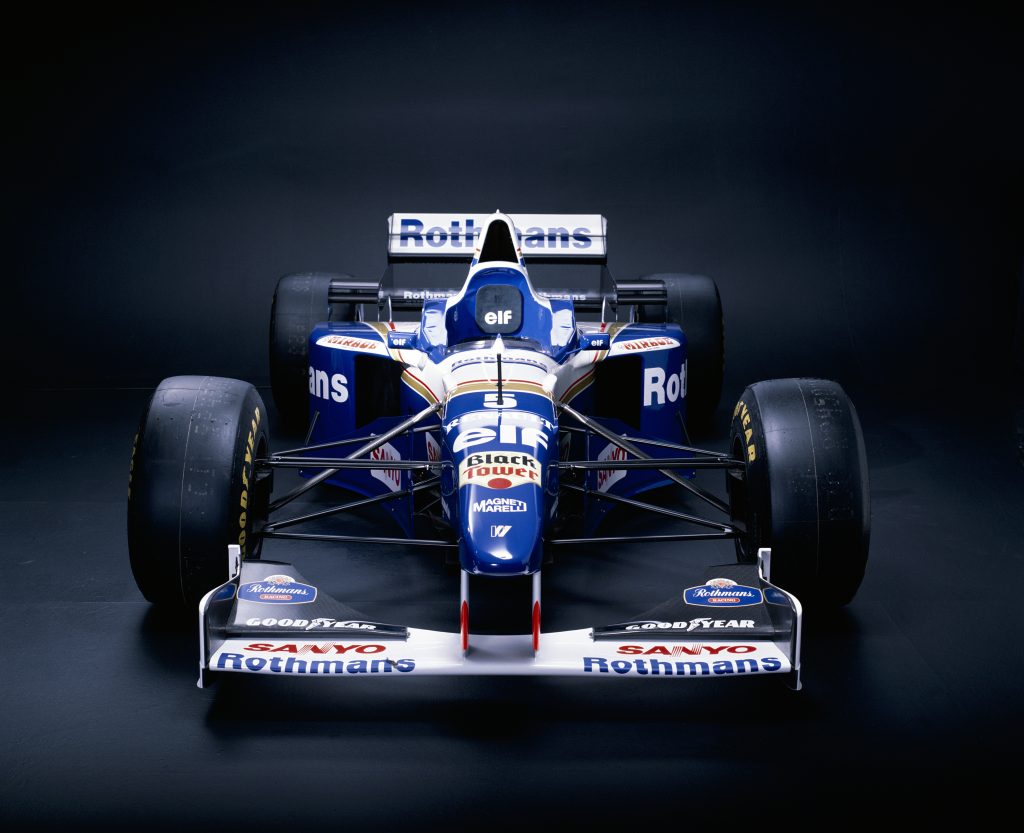
Win rate: 75%
The mid-1990s were golden years for Williams, culminating in the Newey-designed, Renault-powered FW18 of 1996. Newey’s aero work lifted the bar to a level that main rivals Ferrari and Benetton couldn’t stand. The FW18 won 12 of the season’s 16 races, with Damon Hill taking the title ahead of teammate Jacques Villeneuve.
2. Red Bull RB18
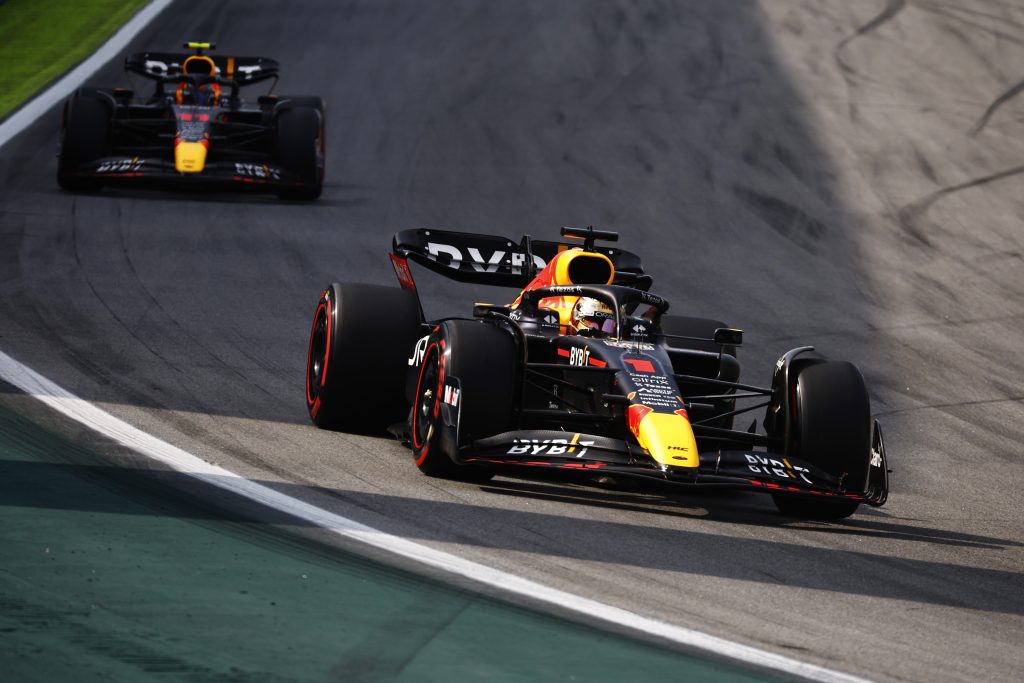
Win rate: 77%
Following years of Mercedes dominance, Newey got his title-winning mojo back in 2021.
Then, in 2022, the group won with the RB18, a novel car built for F1’s newest generation of grand prix racer. One of F1’s rule changes led to the return of ground effects – where air rushing under the car creates negative pressure and sucks the car to the track. Unfortunately for his F1 opposition, Newey is an ace at ground effects; one of his final projects in college was “ground-effect aerodynamics on racing cars.”
The resulting RB18 was masters’ degree work, making Newey’s rivals look like they were still in high school, smoking behind the bike sheds. The 2022 Honda-powered racer won 17 of the year’s 22 grands prix, handing Max Verstappen his second drivers’ championship.
1. Red Bull RB19
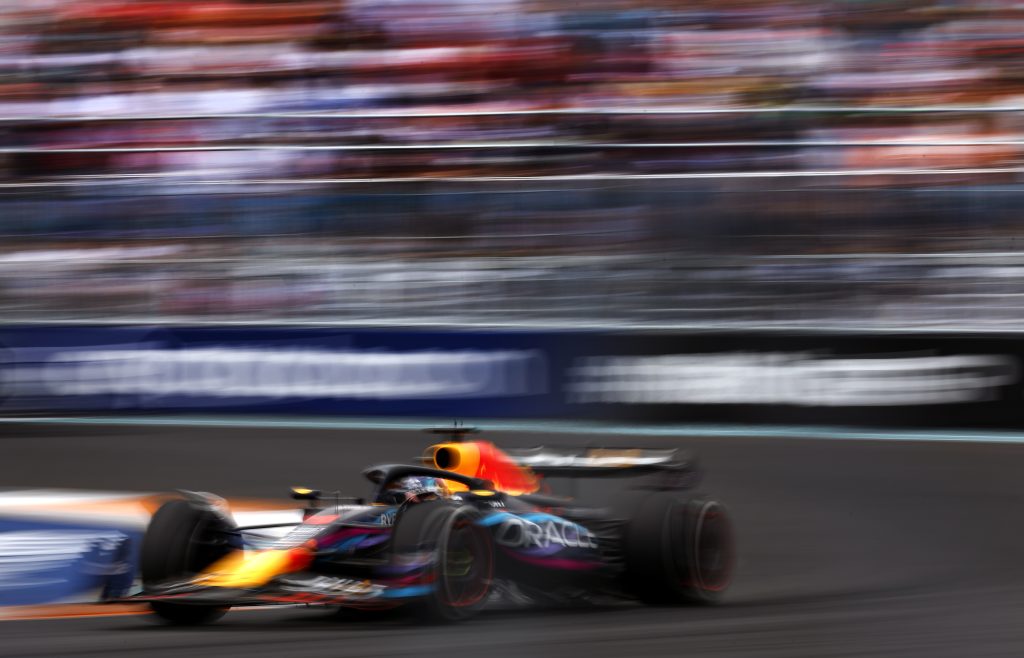
Win rate: 95%
When the Red Bull RB19 hit the track in 2023, it was clear to all that Newey was a master at moving from strength to strength. In the hands of Verstappen and teammate Sergio Perez, the RB19 won an astounding 21 of 22 races, with Perez taking two victories and Verstappen the rest, including those 10 in a row. A 100 percent win rate is theoretically possible, but, given the many variables and hurdles posed by competing in a full F1 season, it’s difficult to imagine any car – or designer – ever bettering the 95 percent of Newey’s RB19.
Where will the RB20 land after the 2024 season? More importantly, given the news that Newey is departing Red Bull at the end of the season, where will he land? Chime in below.








To get an idea of the reasoning behind this genius, read his autobiographical “How To Build A Car”. Very amusing and informative section of his relationship with Ron Dennis during his sojurn with McLaren!
Really not convinced”win rate” is the best way to fully assess the importance of a design